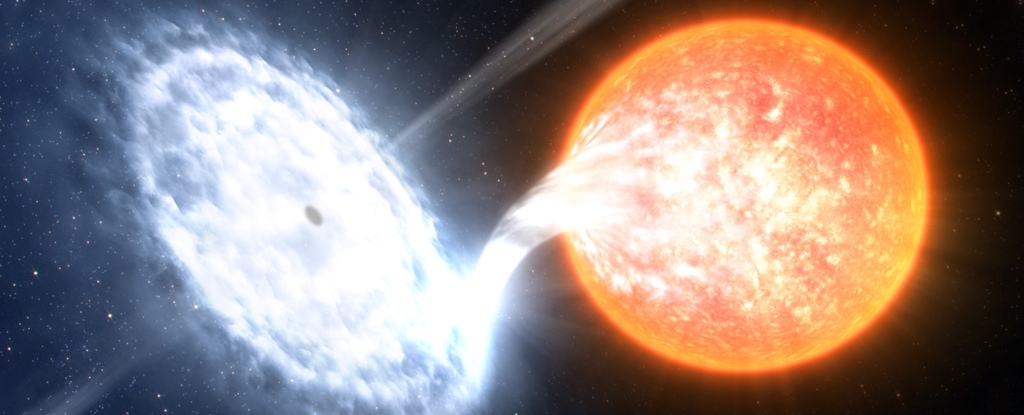
Sep 20, 2022
1 min, 9 secs
As El-Badry explained to Universe Today via email, these observations were part of a wider campaign to identify dormant black hole companions to normal stars in the Milky Way galaxy.For the sake of this study, El-Badry and his colleagues relied on data obtained by the European Space Agency's (ESA) Gaia Observatory.For their purposes, El-Badry and his colleagues examined all 168,065 stars in the Gaia Data Release 3 (GDR3) that appeared to have two-body orbits.
Based on its observed orbital solution, El-Badry and his colleagues determined that this star must have a black hole binary companion.
Said El-Badry: "The Gaia data constrain how the star moves in the sky, tracing out an ellipse as it orbits the black hole.As El-Badry indicated, these findings could constitute the first black hole in the Milky Way that was not observed based on its X-ray emissions or other energetic releases:.If confirmed, these findings could mean there's a robust population of dormant black holes in the Milky Way.To verify their findings, El-Badry and his colleagues are looking forward to Gaia Data Release 4 (GDR 4), the date of which is still to be determined, which will include all data gathered during the five-year nominal mission (GDR 4)."Based on the BH companion occurrence rate implied by Gaia BH1, we estimated that the next Gaia data release will enable the discovery of dozens of similar systems," said El-Badry.